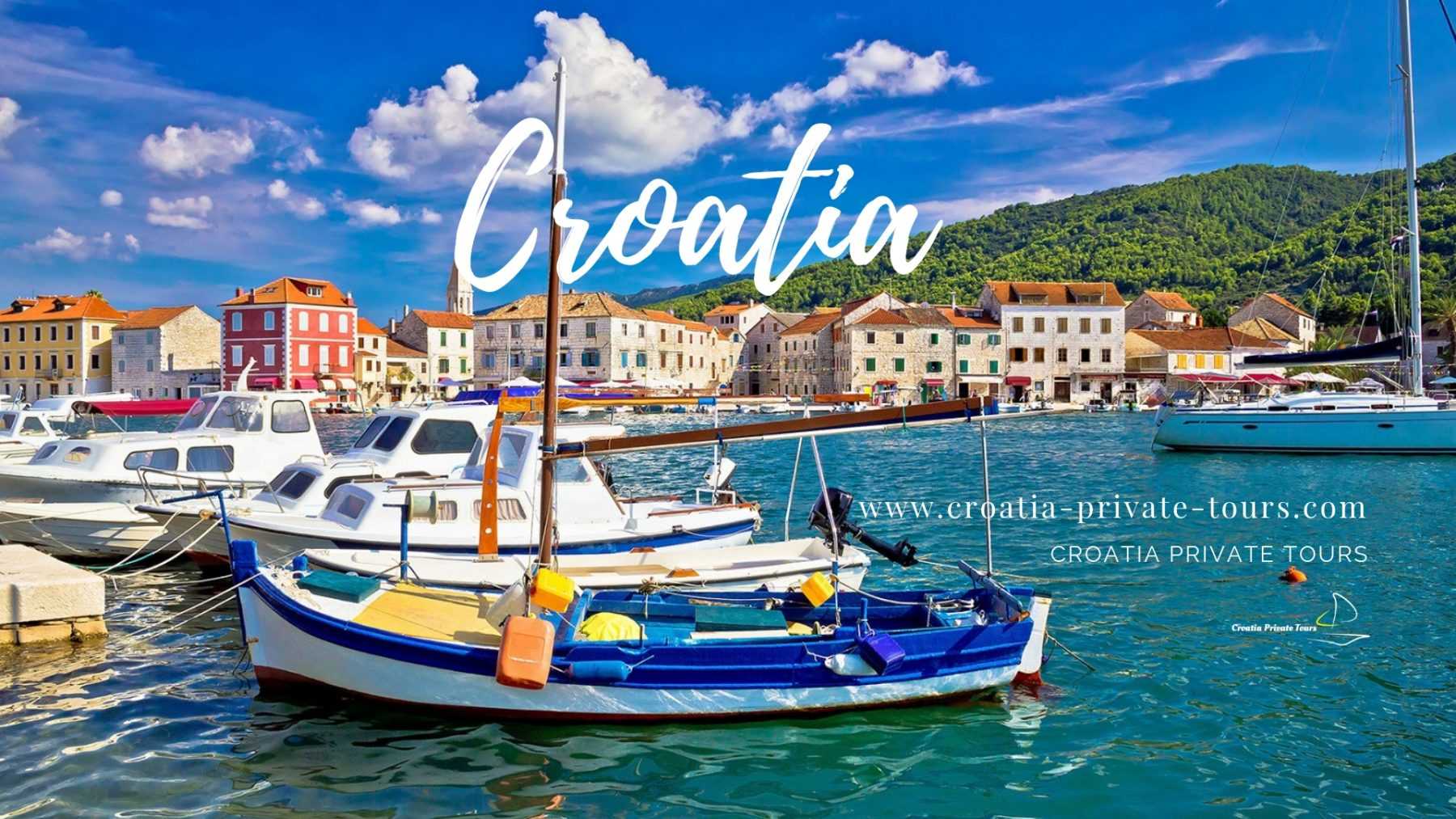- OUR TOURS
- DAY TOURS
- TOP TRANSFERS
- SPLIT TO DUBROVNIK, WINE & OYSTERS
- DUBROVNIK TO SPLIT, WINE & OYSTERS
- SPLIT TO DUBROVNIK VIA MOSTAR TRANSFER
- DUBROVNIK TO SPLIT VIA MOSTAR TRANSFER
- SPLIT TO ZAGREB VIA PLITVICE LAKES TRANSFER
- ZAGREB TO SPLIT VIA PLITVICE LAKES TRANSFER
- ZAGREB TO ZADAR VIA PLITVICE LAKES TRANSFER
- SPLIT TO ZADAR VIA KRKA WATERFALLS TRANSFER
- ZADAR TO SPLIT VIA KRKA WATERFALLS TRANSFER
- GET A QUOTE
- ABOUT US
- BLOG
- CONTACT US

